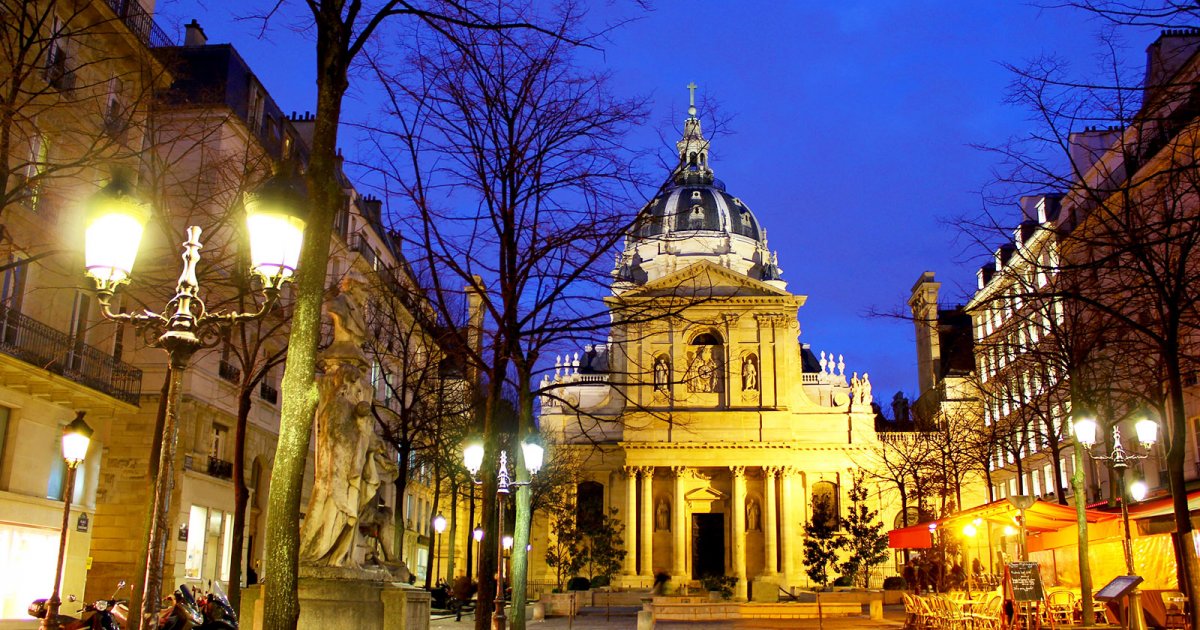LATIN QUARTER, Introduction
 Language: English / USA
Language: English / USA
Hi, I'm James, your personal guide. Together with MyWoWo, I'd like to welcome you to one of the wonders of the world.
Today I'll accompany you through the Latin Quarter, which is one of the most lively places in Paris!
Parallel to the façade of Notre-Dame, cross the Seine on a small bridge and you'll wind up in a small square. From Île de la Cité, the very first nucleus of the city of Paris, all it takes is a small walk to get to the Rive Gauche, or the left bank of the Seine, where the Romans founded the camp called Lutetia.
In this area you can still find important archaeological remains: for example, on the outskirts of the neighborhood you can see the round arches of the arena that was located just outside the city walls during Roman times, while to see the spectacular spa ruins you have to go inside the late-Gothic palace where the Musée de Cluny is located.
The oldest street in Paris passes through the Latin Quarter, and it's almost two thousand years old. The street was called Cardo maximus and was the north-south axis of the ancient Roman camp. In the Middle Ages it was renamed Rue Saint-Jacques and from this exact point just beyond the walls erected by King Philip Augustus, pilgrims departed for Santiago de Compostela and then embarked on the crusade.
In the middle of Rive Gauche you can see the Sorbonne, the oldest university in Europe north of the Alps. It stands on the top of the hill dedicated to Sainte Geneviève/Saint Genevieve, the patron saint of Paris, and was named after the chaplain Robert de Sorbon, to whom King Louis IX the Saint had entrusted a group of houses for his theology lessons.
The Latin Quarter has preserved the memory of the small, fascinating medieval Paris, which is clearly quite different from the grandiose metropolis that rises beyond the Seine. Of course tourists crowd Notre-Dame or Sainte-Chapelle, but you can find many other ancient Romanesque and Gothic medieval churches that are almost as beautiful. Already in the immediate vicinity of the Sorbonne you'll see at least three, not counting those of ancient origin that have been seriously renovated.
FUN FACT: the Latin Quarter has provided the setting for many amusing stories. A painter who was angry with a dishonest coachman entered his stable at night and painted his horse green. The coachman thought that the animal had been possessed and ran off, spilling a bottle of wine. The horse drank it, got drunk, and spread chaos throughout the neighborhood. Even today, they say that sometimes a strange horse appears in the neighborhood...



